If you have 4 kegs on the way, you are off to a good start, but it is just a start. Best place to research is the
Sticky-Kegging FAQs in this subforum. It's in the sticky section up at the top. There are lots of good links there to basic info.
Also look at the starter kits offered by reputable merchants, such as Keg Connection, Austin Homebrew Supply, Norther Brewer, Midwest Supplies, et. al. (there are many many more). And if you have an LHBS, check with them too. The direct personal touch can come in handy.
A good starter kit should include a CO2 tank, valve, hoses, kegs (you can get kits without the kegs), and at least a party tap. As you might imagine, there are various levels of kits that provide increasing options, up to and including shanks and faucets for permanent installations in a kegerator or keezer. I think it's best to start with a very basic kit and start enjoying some kegged beer while you figure out where you want to end up and how you are going to get there. Building an 8 tap keezer, for example, is a big effort and expense, and you won't be able to use prepacked kits to do it. Start small, read, study, plan, then buy what you need and build.
And read all the threads in this forum where people have asked similar questions. Before long, you'll have a general idea in your mind, and you'll be able to formulate more specific questions.
To answer your question about dispensing kegged beer without CO2, the answer is no, you can't effectively do that. Effectively is the key. If you naturally carb the beer in the keg by adding priming sugar like you'd do in the bottle, then you'll build up dissolved CO2 in the beer, and CO2 pressure in the head space. You'll be able to dispense beer until the pressure of the gas in the head space is too low to push out the beer. And your beer will lose carbonation along the way.



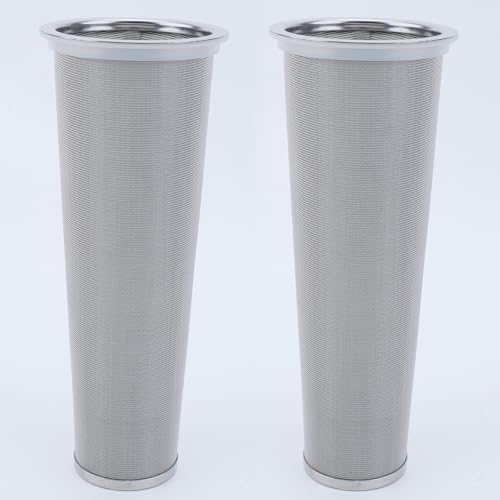

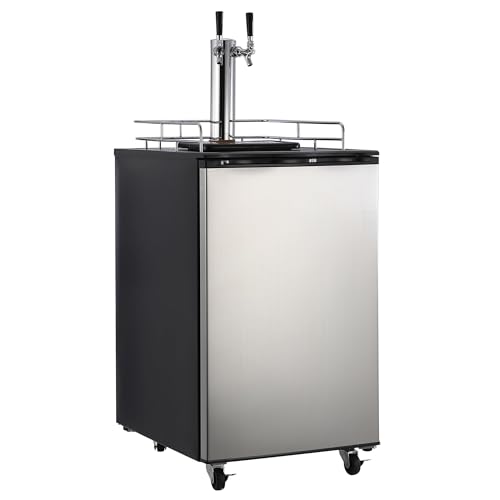




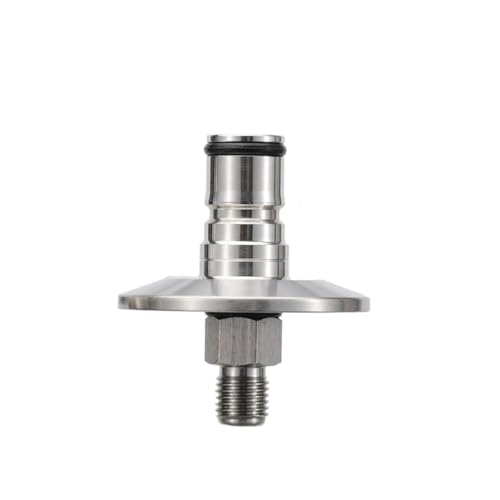
















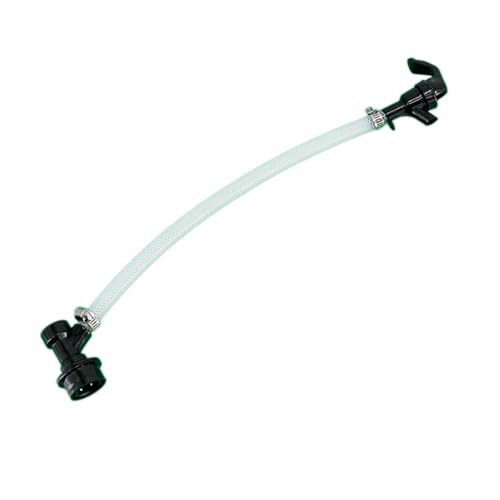



























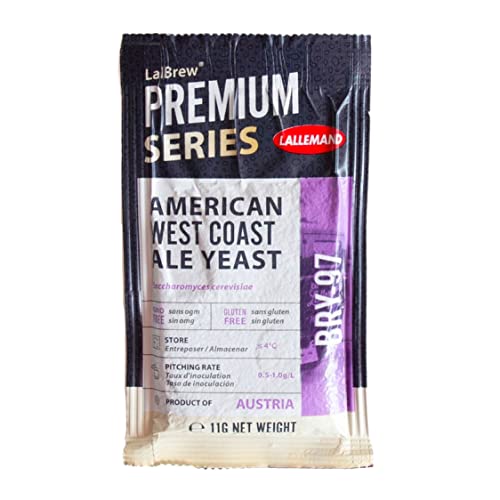

![Craft A Brew - Safale S-04 Dry Yeast - Fermentis - English Ale Dry Yeast - For English and American Ales and Hard Apple Ciders - Ingredients for Home Brewing - Beer Making Supplies - [1 Pack]](https://m.media-amazon.com/images/I/417FujUfrWL._SL500_.jpg)

